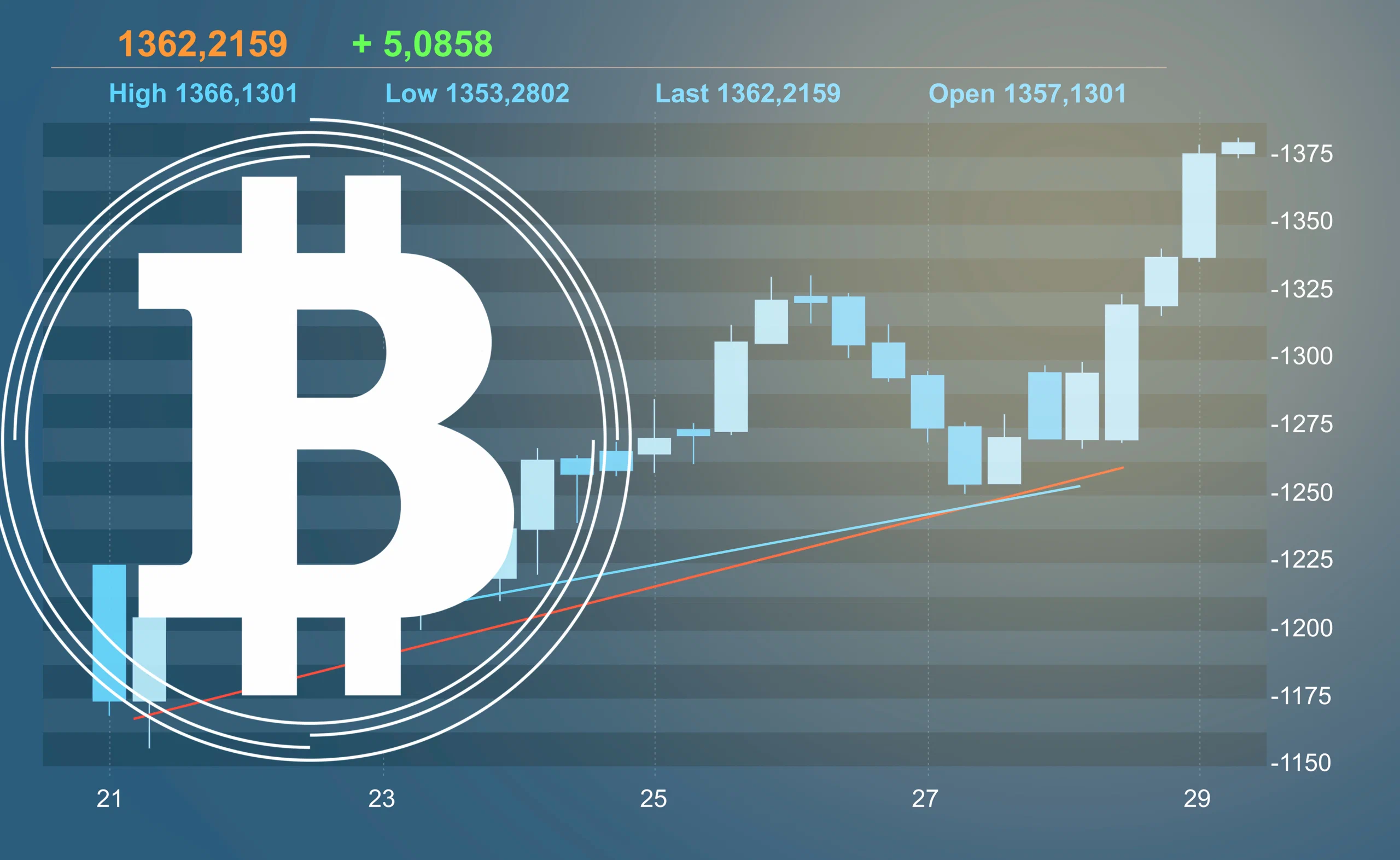The world of Bitcoin mining investment has evolved dramatically, transforming from a hobbyist activity into a sophisticated financial venture that attracts both individual investors and institutional players. As Bitcoin continues to establish itself as digital gold. The intricacies of mining investments becomes crucial for anyone looking to capitalize on this revolutionary technology.
Whether you’re considering purchasing your first ASIC miner or exploring large-scale mining operations, making informed decisions about Bitcoin mining investment can significantly impact your financial future. This comprehensive guide will walk you through everything you need to know about profitable mining strategies, equipment selection, risk assessment and long-term planning to help you navigate this exciting but complex investment landscape with confidence and clarity.
What is Bitcoin Mining Investment and Why It Matters
Bitcoin mining investment represents the capital allocation toward cryptocurrency mining operations, encompassing hardware purchases, infrastructure development and operational expenses required to validate Bitcoin transactions and earn block rewards. Unlike traditional investments, mining combines technology acquisition with ongoing operational management, creating multiple revenue streams through newly minted Bitcoin and transaction fees.
The significance of mining investment extends beyond individual profit potential. Mining operations secure the Bitcoin network, process transactions and maintain the decentralized nature that makes Bitcoin valuable. As institutional adoption increases and Bitcoin’s market cap grows, mining infrastructure becomes increasingly critical to the ecosystem’s stability and growth. Modern mining investment opportunities range from small-scale home operations using individual ASIC miners to large-scale industrial facilities housing thousands of machines. Each approach offers different risk profiles, capital requirements and potential returns, making it essential to understand your investment goals before committing resources.
Current State of Bitcoin Mining Investment Market
The Bitcoin mining landscape has experienced significant consolidation and professionalization over the past few years. Large publicly traded mining companies now dominate hash rate distribution, while retail investors face increasing challenges competing with industrial-scale operations. Market dynamics have shifted toward efficiency-focused strategies, with successful miners prioritizing low electricity costs. Latest-generation hardware and operational optimization.
Geographic distribution has also evolved, with mining operations migrating to regions offering renewable energy sources and favorable regulatory environments. Investment flows into mining infrastructure reached record levels in recent years, with venture capital, private equity and institutional investors recognizing mining’s role in Bitcoin’s long-term value proposition. This institutional interest has elevated mining from a niche technical activity to a recognized investment category within the broader cryptocurrency ecosystem.
Bitcoin Mining Investment Equipment and Hardware Costs
Selecting appropriate mining hardware represents the foundation of any successful Bitcoin mining investment strategy. ASIC (Application-Specific Integrated Circuit) miners dominate today’s market, with leading manufacturers like Bitmain, MicroBT and Canaan producing increasingly powerful and efficient machines.
ASIC Miner Selection Criteria
When evaluating ASIC miners for investment purposes, hash rate, power efficiency and acquisition cost form the primary decision factors. Hash rate determines mining capacity, while power efficiency directly impacts operational profitability. The relationship between these metrics, expressed as watts per terahash (W/TH), provides a standardized comparison method across different models. Current-generation miners typically offer hash rates between 100-140 TH/s with power efficiency ranging from 20-30 W/TH.
Higher-end models command premium prices but often deliver superior long-term profitability due to improved efficiency and longer operational lifespans. Purchase timing significantly impacts investment returns, as hardware prices fluctuate based on Bitcoin price movements, manufacturing capacity and market demand. Experienced investors often time purchases during market downturns when equipment prices decline and competition for machines decreases.
Infrastructure and Setup Costs
Beyond hardware acquisition, successful mining operations require substantial infrastructure investments. Electrical infrastructure must support high-power consumption, with industrial operations requiring dedicated transformers, high-voltage connections and robust distribution systems. Cooling systems represent another major expense, as ASIC miners generate significant heat requiring specialized ventilation and climate control.
Professional installations often incorporate immersion cooling or advanced air circulation systems to maintain optimal operating temperatures and extend hardware lifecycles. Security considerations add additional costs, including surveillance systems, access controls and insurance coverage. Large-scale operations may require specialized facilities with reinforced structures, backup power systems and remote monitoring capabilities.
Bitcoin Mining Investment Profitability Analysis

Mining profitability requires analyzing multiple variables that continuously fluctuate, making accurate forecasting challenging but essential for investment success. Bitcoin price, network difficulty, electricity costs and hardware efficiency collectively determine mining economics.
ROI Calculation Methods
Return on investment calculations for mining must account for both initial capital expenditure and ongoing operational expenses. Initial costs include hardware purchase, shipping, setup and infrastructure development. Operational expenses encompass electricity, maintenance, insurance and facility costs. Revenue projections depend on Bitcoin rewards, transaction fees and operational uptime.
Bitcoin’s halving events, occurring approximately every four years, reduce block rewards by 50%, significantly impacting long-term profitability projections. Successful investors model multiple scenarios incorporating price volatility and difficulty adjustments. Payback period analysis helps determine investment viability, with most profitable operations achieving full cost recovery within 12-24 months under favorable conditions. However, rapidly changing market conditions can extend or shorten these timelines dramatically.
Market Volatility Impact
Bitcoin’s price volatility directly correlates with mining investment returns, creating both opportunities and risks for investors. Bull markets typically drive hardware demand, increasing equipment costs but improving revenue potential. Conversely, bear markets reduce hardware prices while diminishing short-term profitability. Network difficulty adjustments occur every 2,016 blocks (approximately two weeks).
Automatically balancing mining competition with block production timing. Rising difficulty reduces individual miner rewards, while declining difficulty improves profitability for remaining participants. Successful mining investors develop strategies to navigate volatility, including dollar-cost averaging for equipment purchases, diversifying across different cryptocurrency mining opportunities and maintaining adequate cash reserves for operational continuity during market downturns.
Location and Energy Considerations
Geographic location significantly influences mining investment success, with electricity costs representing the largest ongoing operational expense. Successful mining operations typically secure electricity rates below $0.06 per kWh, though rates as low as $0.03-0.04 per kWh provide optimal competitiveness.
Renewable Energy Opportunities
Renewable energy sources offer long-term cost stability and environmental benefits that increasingly attract institutional investors and ESG-focused funds. Solar, wind and hydroelectric power provide predictable energy costs and potential for long-term contracts securing favorable rates. Some mining operations integrate directly with renewable energy projects.
Utilizing excess capacity during peak production periods. These arrangements can provide extremely competitive electricity rates while supporting renewable energy development and Bitcoin network sustainability. Geographic regions with abundant renewable energy resources, including parts of Texas, Wyoming, Canada and Scandinavia, have emerged as preferred locations for large-scale mining investments.
Regulatory Environment Assessment
Regulatory clarity significantly impacts mining investment viability and long-term security. Jurisdictions with clear, stable regulations provide better investment environments than regions with uncertain or hostile regulatory approaches. Recent regulatory developments have created both challenges and opportunities for mining investors.
Some regions have banned or restricted mining activities, while others have actively courted mining operations through favorable policies and incentives. Successful investors conduct thorough due diligence on local regulations, including environmental compliance requirements, taxation policies and potential future regulatory changes that could impact operational viability.
Risk Management in Bitcoin Mining Investment
Mining investments face multiple risk categories requiring comprehensive management strategies. Technical risks include hardware failures, obsolescence and operational downtime. Market risks encompass Bitcoin price volatility, difficulty adjustments and competitive pressures.
Diversification Strategies
Portfolio diversification can reduce mining investment risks through multiple approaches. Geographic diversification spreads regulatory and operational risks across different jurisdictions. Hardware diversification across different manufacturers and models reduces single-supplier dependencies.
Some investors diversify across different cryptocurrencies, mining alternative coins when Bitcoin mining becomes less profitable. Others combine mining investments with direct cryptocurrency holdings to balance operational complexity with market exposure. Timing diversification involves staggered equipment purchases and phased facility expansion to reduce exposure to market timing risks and allow for operational learning and optimization.
Insurance and Protection
Comprehensive insurance coverage protects mining investments against various risks including equipment theft, natural disasters and business interruption. Specialized cryptocurrency insurance providers offer coverage tailored to mining operations’ unique risk profiles.
Equipment warranties and service agreements provide additional protection against hardware failures and technical issues. Many successful operators negotiate extended warranties and priority service arrangements to minimize downtime impacts. Operational redundancy, including backup equipment and alternative power sources, helps maintain continuity during unexpected disruptions and extends overall system reliability.
Mining Pool vs Solo Mining Investment Approaches

Individual miners face critical decisions about mining independently versus joining mining pools. Solo mining offers potential for receiving full block rewards but requires substantial hash rate to compete effectively. Pool mining provides more predictable returns through reward sharing but reduces individual payout amounts.
Pool Selection Criteria
Mining pool selection significantly impacts investment returns through fee structures, payout methods and reliability. Pool fees typically range from 1-3%, with some pools offering reduced fees for larger hash rate contributions. Payout methods vary between pools, with Pay-Per-Share (PPS) offering guaranteed payouts regardless of block discovery.
While Pay-Per-Last-N-Shares (PPLNS) provides variable rewards based on pool success. These differences helps optimize returns based on risk tolerance and operational preferences. Pool reputation, uptime history and transparency in operations provide important selection criteria. Established pools with strong track records typically offer better reliability and customer support, while newer pools may provide competitive fee structures to attract miners.
Advanced Mining Investment Strategies
Sophisticated investors employ various advanced strategies to optimize mining investment returns. These approaches require deeper technical knowledge and often involve higher capital commitments but can provide superior risk-adjusted returns.
Hosting and Colocation Services
Mining hosting services allow investors to own equipment while leveraging professional facility management. Hosting providers offer economies of scale in electricity procurement, cooling systems and technical support while reducing individual operational complexity. Colocation arrangements provide middle-ground approaches between self-operated facilities and full hosting services.
Investors maintain greater control over operations while benefiting from shared infrastructure and professional facility management. Due diligence on hosting providers includes facility security, insurance coverage, uptime guarantees and financial stability. Contract terms should clearly define responsibilities, service levels and dispute resolution procedures.
Mining as a Service (MaaS) Models
Mining as a Service models allow investment in mining operations without direct equipment ownership. These arrangements typically involve revenue sharing agreements with professional mining operators. Cloud mining services offer another alternative, though investors should carefully evaluate contract terms, provider reputation and fee structures.
Many cloud mining services have proven unprofitable for investors due to high fees and unfavorable contract terms. Legitimate MaaS providers offer transparency in operations, realistic return projections and clear contract terms. Investors should verify provider operations, financial stability and track record before committing significant capital.
Conclusion
Bitcoin mining investment represents a unique opportunity to participate directly in the cryptocurrency ecosystem while potentially generating substantial returns. Success requires careful planning, thorough risk assessment and ongoing operational management, but the rewards can justify the complexity for dedicated investors.
The mining landscape continues evolving with technological advances and market maturation creating both new opportunities and challenges. Investors who stay informed about industry developments, maintain operational excellence and adapt to changing conditions position themselves for long-term success.
Read More: Bitcoin Investment News Today Analysis Market Trends 2025




